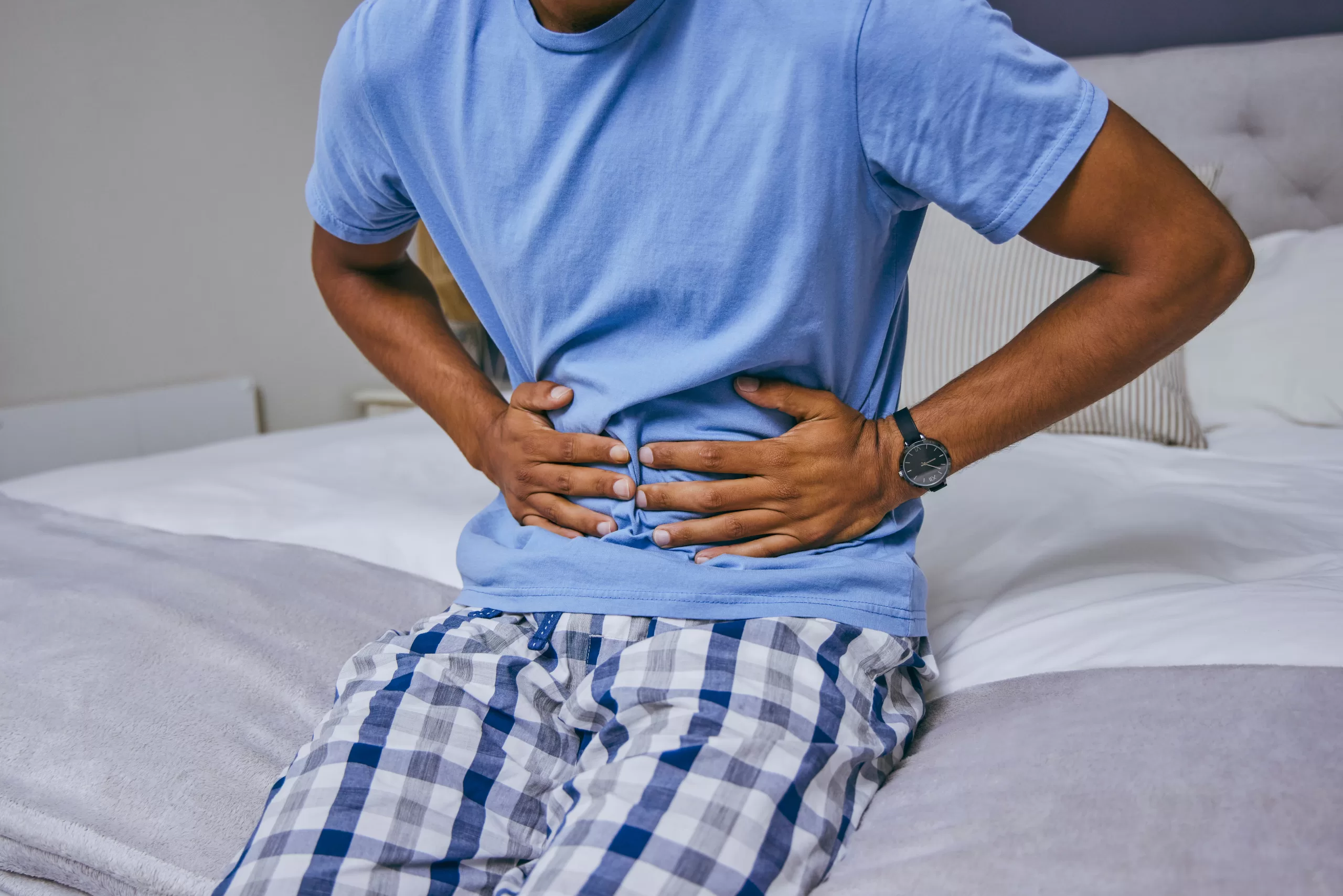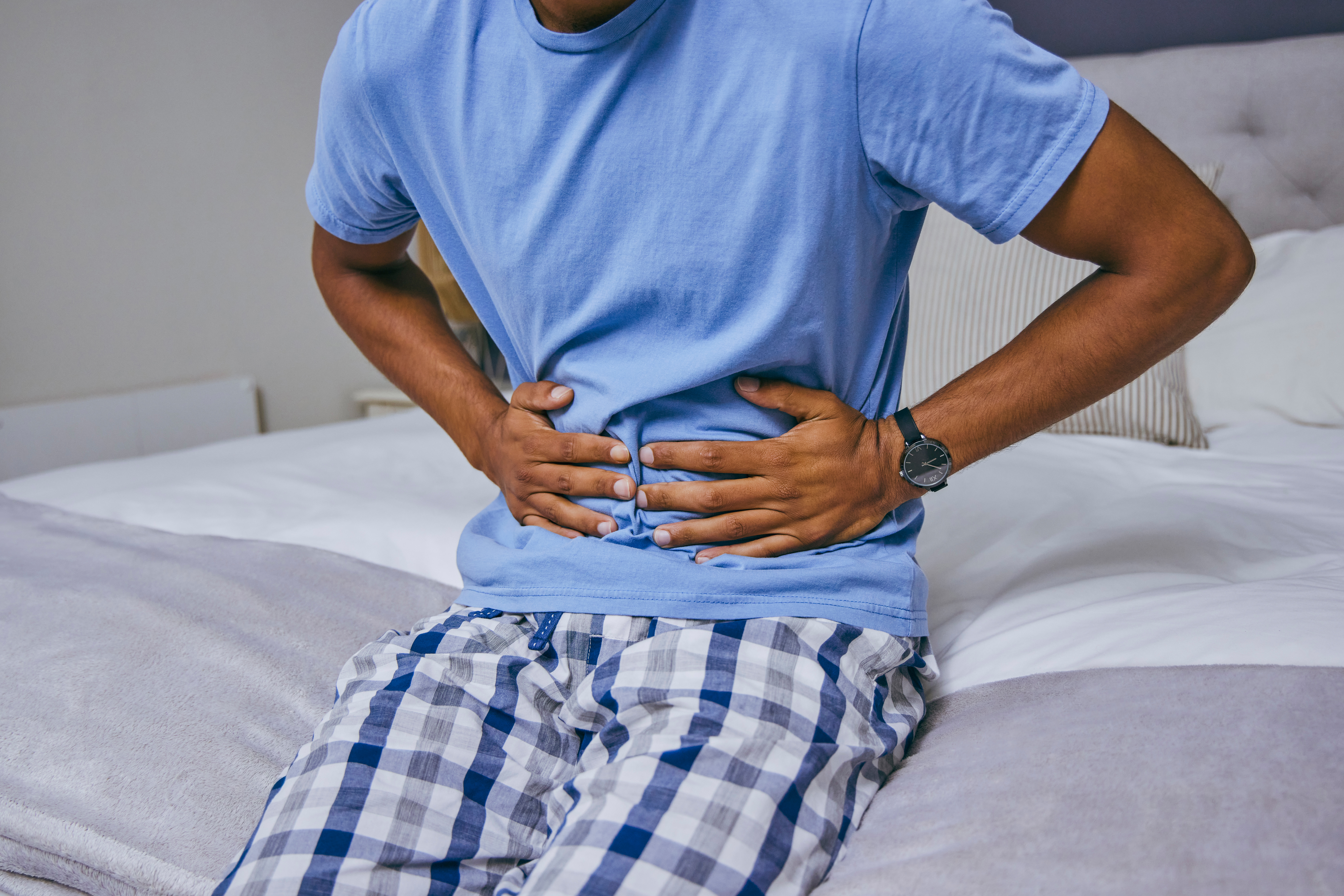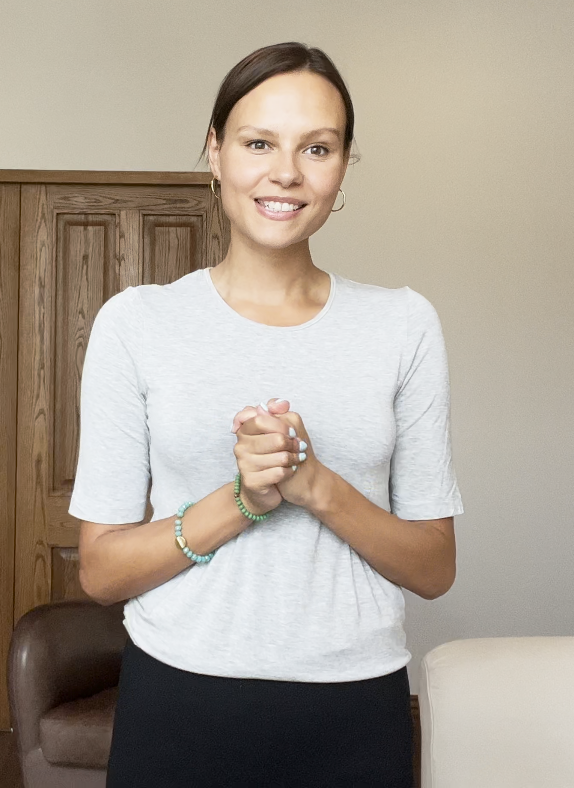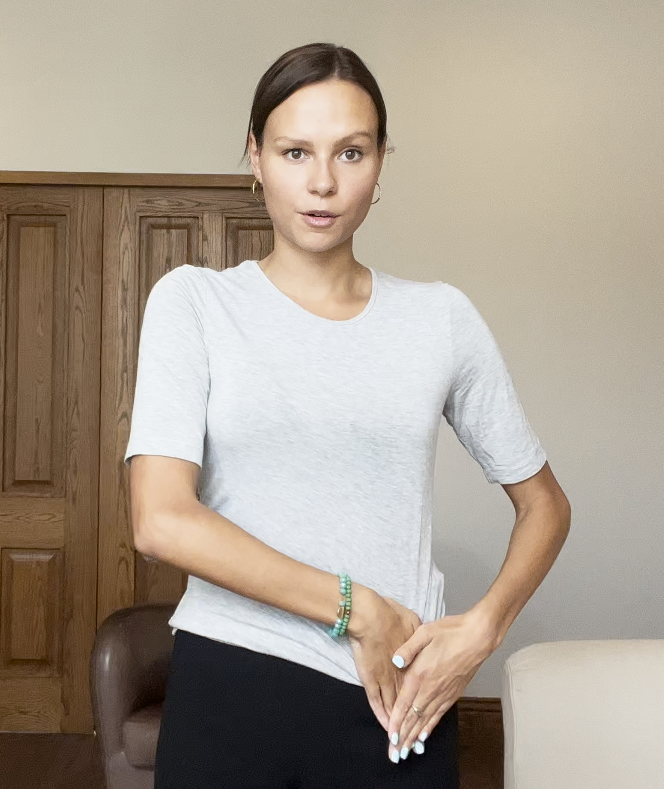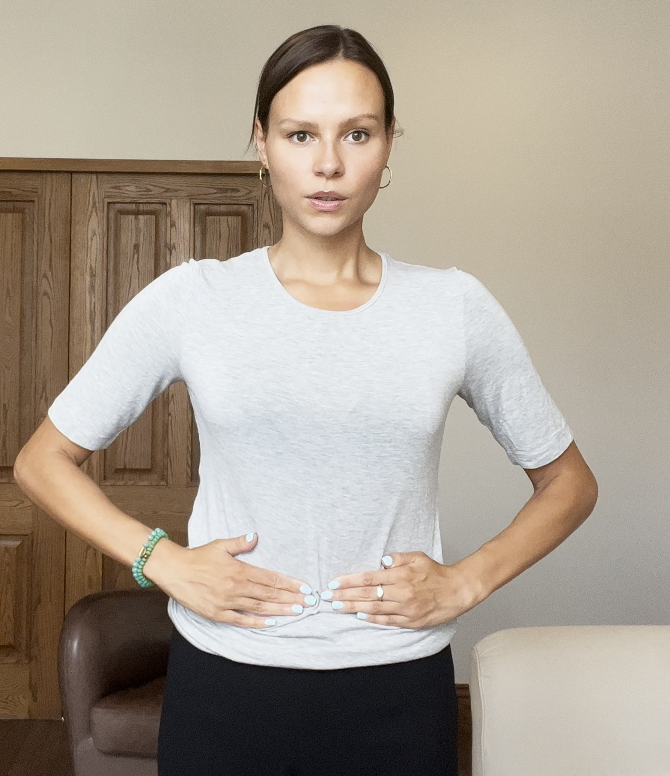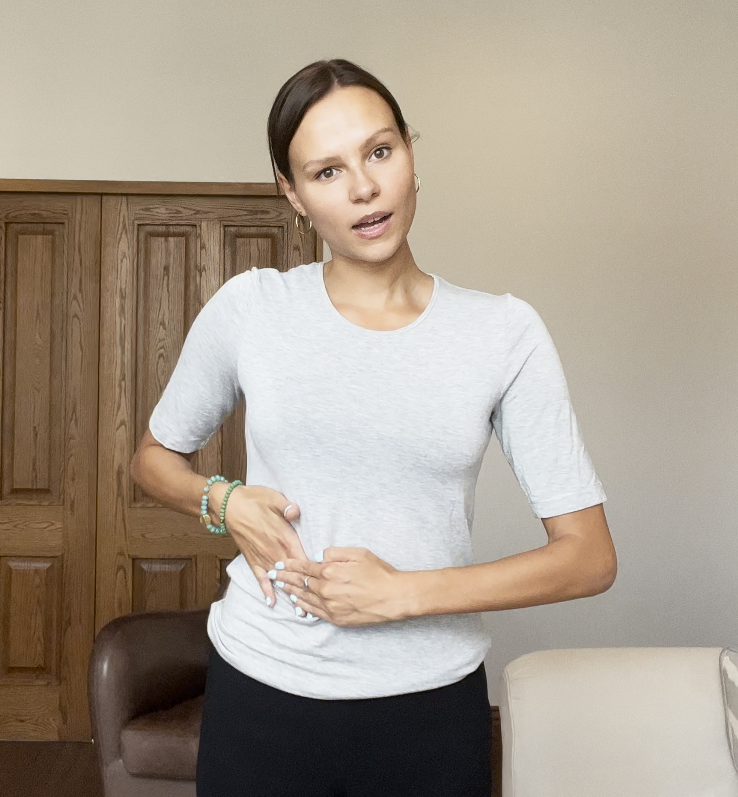STRUGGLING with bloat? Or wind? Or can’t seem to comfortably go for a number two?
It can be frustrating when your guts won’t play ball – it can leave you struggling to do up your clothes, lacking in energy and even in pain.
Anyone can suffer from constipation.
In fact, according to the NHS, it’s estimated that around one in every seven adults is affected by it.
Symptoms can include going for a poo fewer than three times in a week as well as finding it hard to poo generally. Your poo may also be hard or lumpy.
Speaking of the potential reasons behind bloating and constipation, nutritionist Sophie Trotman says: “Constipation and bloating can be caused by a variety of factors, including a diet low in fibre, inadequate water intake, and a sedentary lifestyle.”
The NHS states that the most common reason behind bloating is having too much gas in your gut.
This could be caused by fizzy drinks, certain foods or even swallowing too much air as you eat.
Sophie adds: “Stress and certain medications can also disrupt your digestive system.
“And, hormonal changes, such as those during menstruation can also trigger bloating.
“Underlying conditions like irritable bowel syndrome (IBS) or hypothyroidism, can contribute to these issues too.”
Think you may have IBS?
“It is important to know that there is always a root cause behind IBS, which you can often uncover with a dietitian or a nutritionist,” says Sophie.
Whether you’re bloated or backed up, a tummy massage could do the trick in easing your symptoms.
Sophie has shared a three-minute follow-along tummy massage to help reduce the uncomfortable bloat feelings and ease constipation to help you ‘go’.
Sophie says: “The abdominal massage movements help to stimulate the digestive system by increasing blood flow and encouraging peristalsis, which is the wave-like muscle contractions that move food through your intestines.”
She explains that by applying gentle pressure in a clockwise direction, you’re essentially following the natural path of digestion, ‘which can help to relieve trapped gas and promote bowel movements’.
“These techniques also help to relax the muscles in the abdominal area, reducing tension and discomfort.”
You can do this massage either lying down or standing up. Sophie says that you might want to use oil too if you’re doing this on bare skin.
Your follow-along tummy massage
To start, place one hand on top of the other and place your fingertips over your right hip.
Move your fingertips up, gently pressing as you do so, until they reach the underneath of your diaphragm.
Continue by moving your fingers to the left until you reach the other end of your torso, and then back down to your left hip.
Repeat this 10 times.
Next up, once you’ve completed 10 reps, place your hands underneath your diaphragm and then slowly slide them down simultaneously.
Repeat this 10 times too.
For the final part of your massage, take your right fingertips and place them underneath your diaphragm on the right side.
Gently press your fingers inwards and slide your fingers down diagonally towards your belly button.
Once you’ve done this 10 times on one side, move to the other side.
Easy tips to beat bloat
Aside from helping things out with a massage, there are some simple ways to reduce bloating, relieve gas and pain and even help make trips to the toilet a little easier.
“Staying hydrated aids in digestion and helps to prevent constipation, which can cause bloating,” explains Sophie.
“Aim for at least eight glasses of water a day. Remember, non-caffeinated herbal teas count towards your hydration goals. You may also wish to consider electrolytes too.”
Electrolytes are essentially minerals including magnesium, sodium and potassium, that help your body to function properly, while also hydrating the body.
Try electrolyte sachets or effervescent tablets.
Sophie adds that when it comes to fluid, it’s best to limit carbonated drinks, as these introduce extra gas into your digestive system, causing bloating.
When to get help for constipation and blaoting
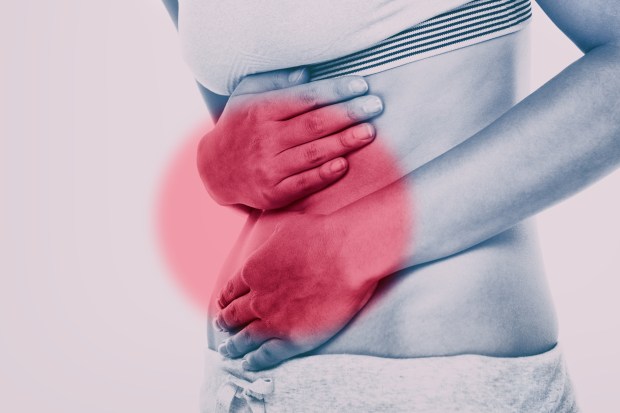
If your constipation and bloating is reality disrupting your day-to-day life, then it might be time to seek further help.
“I would advise seeking medical help if you experience severe and/or persistent symptoms that don’t improve with lifestyle changes,” says Sophie.
“If constipation or bloating is accompanied by severe pain, unexplained weight loss, blood in your stool, or if you’re unable to pass gas or stool at all, it’s important to consult with a doctor as soon as possible.”
Plus, if you’ve had a sudden change in bowel habits, it is also important to consult with a doctor.
The NHS advises you see a GP if you’ve been feeling bloated for three weeks or more, or you feel bloated regularly – more than 12 times a month.
Meanwhile, changes in your bowel habits can include can having softer poo, diarrhoea or constipation that is not usual for you, or needing to poop more or less often than you’re used to.
Whilst the foods you eat can have an impact on bloating, how you eat can also play a part.
“Eat slowly and chew thoroughly, as eating too quickly can cause you to swallow air, contributing to bloating.
Chewing gum can cause you to swallow air, leading to bloating.
“In addition, a lot of chewing gum contains artificial ingredients that can increase the likelihood of bloating.”
Plus, Sophie explains that physical activity helps to move gas through the digestive tract, reducing bloating.
“Ensure you get your steps in, and schedule workouts throughout the week. Find something you enjoy, to remain consistent.”
Making sure you’re eating enough fibre can also help.
Fibre-filled foods include whole grains such as oats and brown rice, fruits and vegetables and beans and legumes, including lentils.
However if your fibre intake is currently on the low side, be sure to increase it gradually, or it could worsen your bloating.
